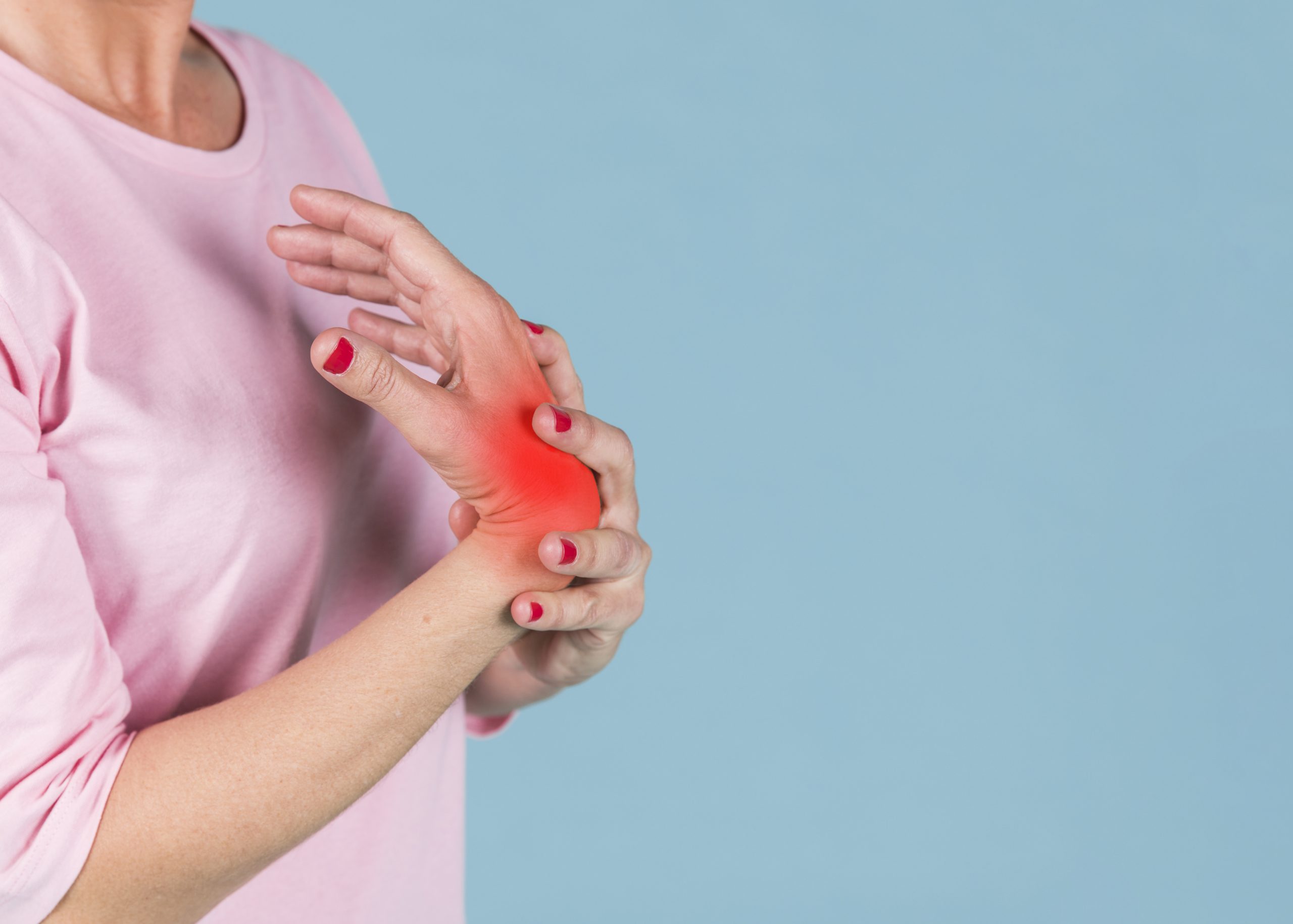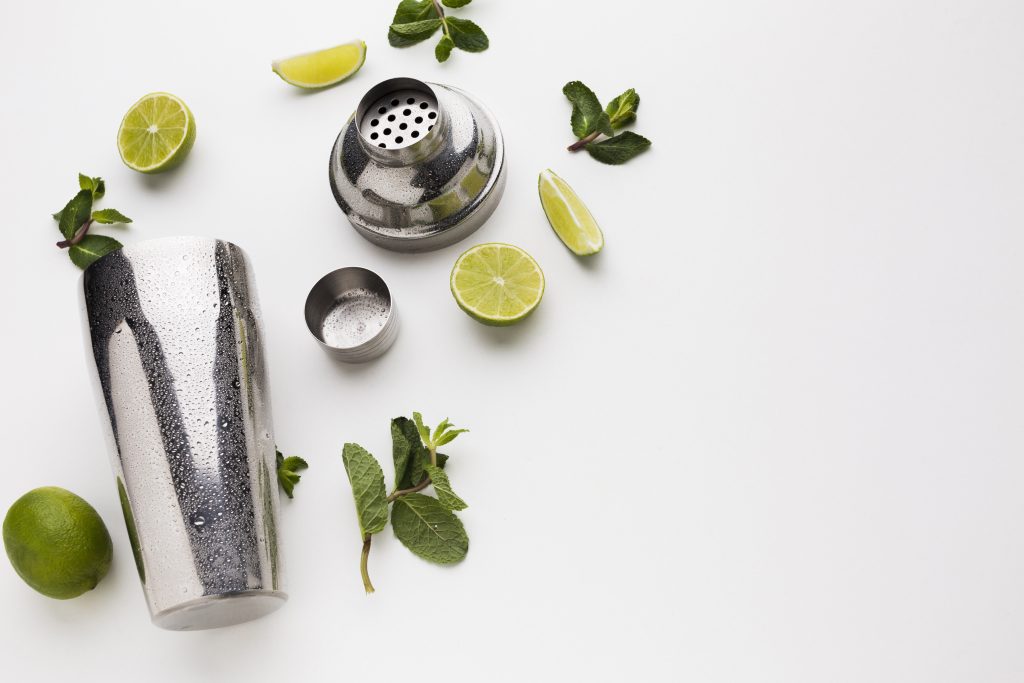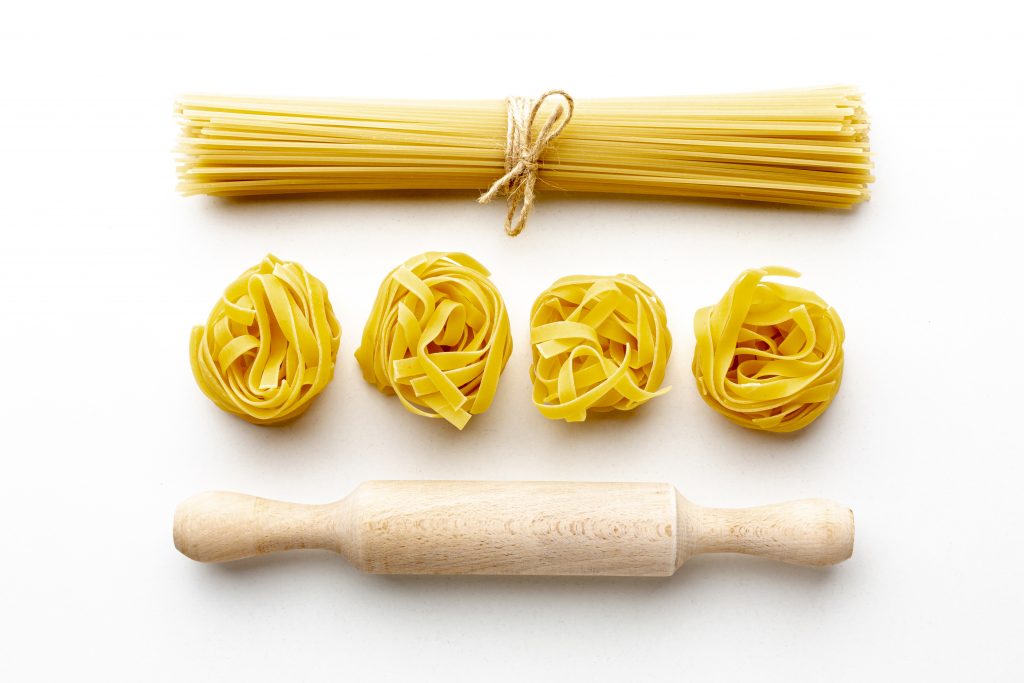Pain-Triggering Foods

Chronic pain is a debilitating condition that makes it difficult to perform simple everyday tasks. If not addressed, it can interfere with just about everything and can by very frustrating to cope with.
Statistically speaking, about one in three US adults suffer from some kind of chronic pain, according to the Journal of Pain. (1)
Most of them simply turn to pain killers without addressing the root cause of the issue. It’s a much smarter idea to check your daily diet for pain-triggering foods as diet is found to have a profound impact on those suffering from rheumatoid arthritis.
(2) Pain-triggering foods can increase inflammation in the body and cause many conditions, such as food allergies, arthritis, leaky gut syndrome and more.
Therefore, if you or a loved one is suffering from chronic pain, you should eliminate the following pain-triggering foods from your diet.
1. Vegetable Oils

Soy, cottonseed, safflower and corn oils are some of the commonly consumed vegetable oils. The problem with these oils is that they have excessive amounts of omega-6 fatty acids.
Americans eat far too much of omega-6 fatty acids. Research suggests that a 2:1 ratio of omega-6 to omega-3 may be optimal, however, the typical American diet has a ratio of around 20:1. (3)
Omega-6 acids are known to promote inflammation, especially in excessive amounts making it one of the biggest pain-triggering foods there is. There is evidence to suggest that the consumption of high levels of omega-6 fatty acids may lead to pain. A study published in the Clinical Journal of Pain indicates that a diet loaded with excessive amounts of omega-6 fatty acids is associated with greater pain, functional problems, distress and deeper pain sensitivity in persons suffering from knee pain. (4)
2. Processed Foods

Plenty of evidence has come to light in recent years about the harmful impact of processed foods on our health. Despite these finding, processed foods still constitute a significant amount of the American diet.
According to one study, processed foods provide almost 60 percent of the average person’s caloric intake in the US. (5)
Popular processed foods consumed on a daily basis include breakfast cereals, potato chips, juices, sodas, snack and convenience foods, among several other items.
A diet loaded with processed food may be one of the main culprits behind inflammation and chronic pain. According to a study carried out by the Harvard Medical School, the typical American diet (that has high amounts of refined grains, sugar, French fries, desserts, sweets and processed red meat) generates higher levels of inflammation. (6)
There are also a number of studies that associate trans fats with higher levels of inflammatory markers.
Studies also show that dietary interventions that include a reduction of pain-triggering foods like processed items can cause lower inflammation, thereby helping to manage chronic pain. (7) (8)
3. Sugar

Sugar is associated with several serious medical conditions, ranging from cardiovascular disease to cancer. (9) Sugar is one of the most abundant pain- triggering foods.
Research indicates that sugar may disrupt your gut microbiome. This can have a negative effect on the immune system, which, in turn, generates higher levels of inflammation. (10)
Read our blog post on five ways you could be feeding inflammation with the foods you eat, including sugar.
Eating too much sugar is also known to cause several digestive issues that may lead to chronic pain. Sugar can lead to an increase in intestinal permeability, that is, your gut will allow more particles to enter the bloodstream. This condition can increase pain and trigger leaky gut symptoms.
There is evidence to prove that advanced glycation end products (or AGES) can worsen joint pain. Sugar is known to produce AGES. (11)
In view of the adverse effects of sugar, the World Health Organization has even called on countries to take active steps to reduce sugar consumption in both children and adults. (12)
4. Alcohol

While the occasional glass of red wine may be good for you, excessive alcohol consumption can lead to several medical problems, including chronic pain. Too much alcohol can harm the liver, increase inflammation and exacerbate the symptoms of inflammatory bowel disease. (13) (14)
In view of these findings, you should exercise caution with regard to alcohol, especially if you suffer from chronic pain. Men should not consume more than two drinks each day, while women should have no more than one drink per day.
Too much alcohol can increase pain sensitivity, which, unfortunately, starts a vicious cycle. People may start consuming more alcohol to control pain that was caused by alcohol in the first place. In such cases, alcohol withdrawal can lead to intense pain. Excessive alcohol consumption can also lead to fiber peripheral neuropathy, which is a painful neurological condition and one of the hallmarks of alcoholism. (15)
The best way to avoid these complications is to strictly stick to moderate drinking and avoid drinking alone.
5. Gluten

Another pain-triggering food is gluten, gluten is a name for various proteins found in wheat-derived products. It is also found in barley, spelt and rye.
Gluten can cause several conditions, including pain. Abdominal pain also happens to be a key symptom of gluten intolerance – a very elusive condition that is difficult to diagnose. (16) (17)
Around 83 percent of persons suffering from gluten intolerance feel abdominal pain after consuming anything that includes gluten. (18)
Migraines and headaches are common chronic pain conditions that affect up to 12% of the Western population each day. (19)
Gluten can also lead to anxiety and depression in gluten-sensitive people. (20)
Studies indicate that gluten-intolerant people also have a higher tendency for migraines and headaches. (21) (22)
Evidence also suggests that gluten can lead to painful muscles and joints in gluten-sensitive persons by triggering inflammation. (23)
References
1) https://www.ncbi.nlm.nih.gov/pubmed/20797916
2) https://www.ncbi.nlm.nih.gov/pubmed/28217907
3) https://www.ncbi.nlm.nih.gov/pmc/articles/PMC4808858/
4) https://www.ncbi.nlm.nih.gov/pubmed/28542024
5) https://www.ncbi.nlm.nih.gov/pubmed/26962035
6) https://www.ncbi.nlm.nih.gov/pubmed/15447916/
7) https://www.ncbi.nlm.nih.gov/pmc/articles/PMC4865787/
8) https://www.ncbi.nlm.nih.gov/pmc/articles/PMC5682732/
9) https://www.ncbi.nlm.nih.gov/pmc/articles/PMC5133084/
10) https://www.ncbi.nlm.nih.gov/pmc/articles/PMC2894525/
11) https://www.ncbi.nlm.nih.gov/pubmed/22715350
12) https://www.who.int/mediacentre/news/releases/2015/sugar-guideline/en/
13) https://www.ncbi.nlm.nih.gov/pmc/articles/PMC2842521/
14) https://www.ncbi.nlm.nih.gov/pubmed/20682190
15) https://www.niaaa.nih.gov/publications/brochures-and-fact-sheets/using-alcohol-to-relieve-your-pain
16) https://www.ncbi.nlm.nih.gov/pubmed/21224837
17) https://www.ncbi.nlm.nih.gov/pubmed/26438584
18) https://www.ncbi.nlm.nih.gov/pubmed/24885375/
19) https://www.ncbi.nlm.nih.gov/pubmed/19289218
20) https://www.ncbi.nlm.nih.gov/pubmed/9548616
21) https://www.ncbi.nlm.nih.gov/pubmed/23126519
